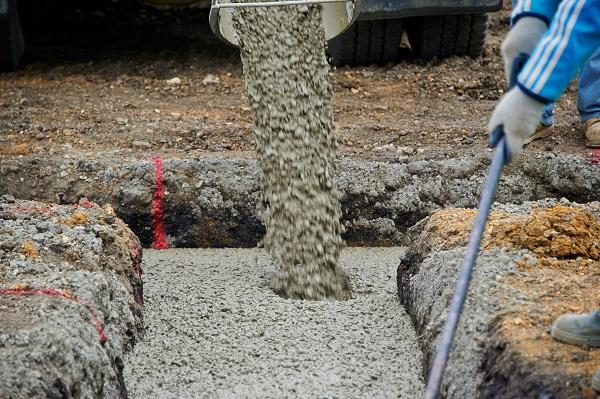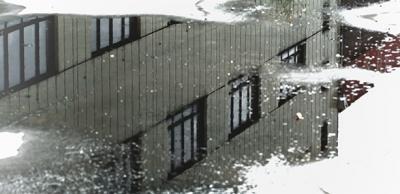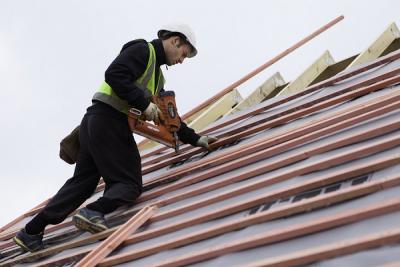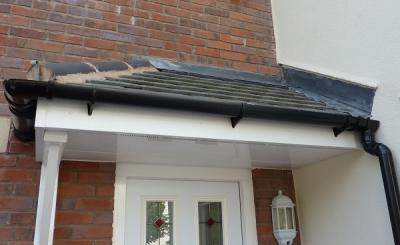Working in cold weather
Cold weather can affect the behaviour of materials such as concrete. Understand the characteristics of what you’re dealing with and take regular temperature readings in cold weather to ensure you’re within the allowable limits. Your thermometers should be in a shaded area for best results.
Consider wind chill and weather exposure when assessing the temperature and make the necessary allowances for sites that have a higher level of exposure. You may need to cover the ground to prevent freezing and, in some extreme cases, heating of the ground may be required.
Don’t pour concrete if the ground is frozen - frozen ground can change in stability and volume during thawing and may damage the recently poured concrete. Remember, concrete may take longer to cure in cold conditions - you may need an additional six days in extreme cases.
Technical requirements
- Ready mixed concrete - should not drop below 5°C. You should also ensure ‘immature’ concrete is prevented from freezing before sufficient strength has been achieved.
- Site mixed concrete - you can mix concrete in temperatures as low as 2°C, provided the ground is not frozen and the concrete is protected during curing.
- When laying masonry, temperatures should not fall below 2°C.
Protect new walls or masonry construction from frost where temperatures are expected to drop below 2°C. You can use polythene or hessian for this - in very low temperatures an insulation board or even heating may be required.
Learn more about working in cold conditions by reading Chapter 2 of the LABC Warranty Technical Manual.
Please Note: Every care was taken to ensure the information was correct at the time of publication. Any written guidance provided does not replace the user’s professional judgement. It is the responsibility of the dutyholder or person carrying out the work to ensure compliance with relevant building regulations or applicable technical standards.
Sign up to the building bulletin newsletter
Over 48,000 construction professionals have already signed up for the LABC Building Bulletin.
Join them and receive useful tips, practical technical information and industry news by email once every 6 weeks.
Subscribe to the Building Bulletin




Comments
(No subject)
Submitted 7 years 3 months ago
It seems that no one ever seems to worry about concrete or mortar in hot weather. Making sure the cement doesn't dehydrate before set, is just as important as stopping it freezing.
Webmaster note
Submitted 7 years 3 months ago
Add new comment